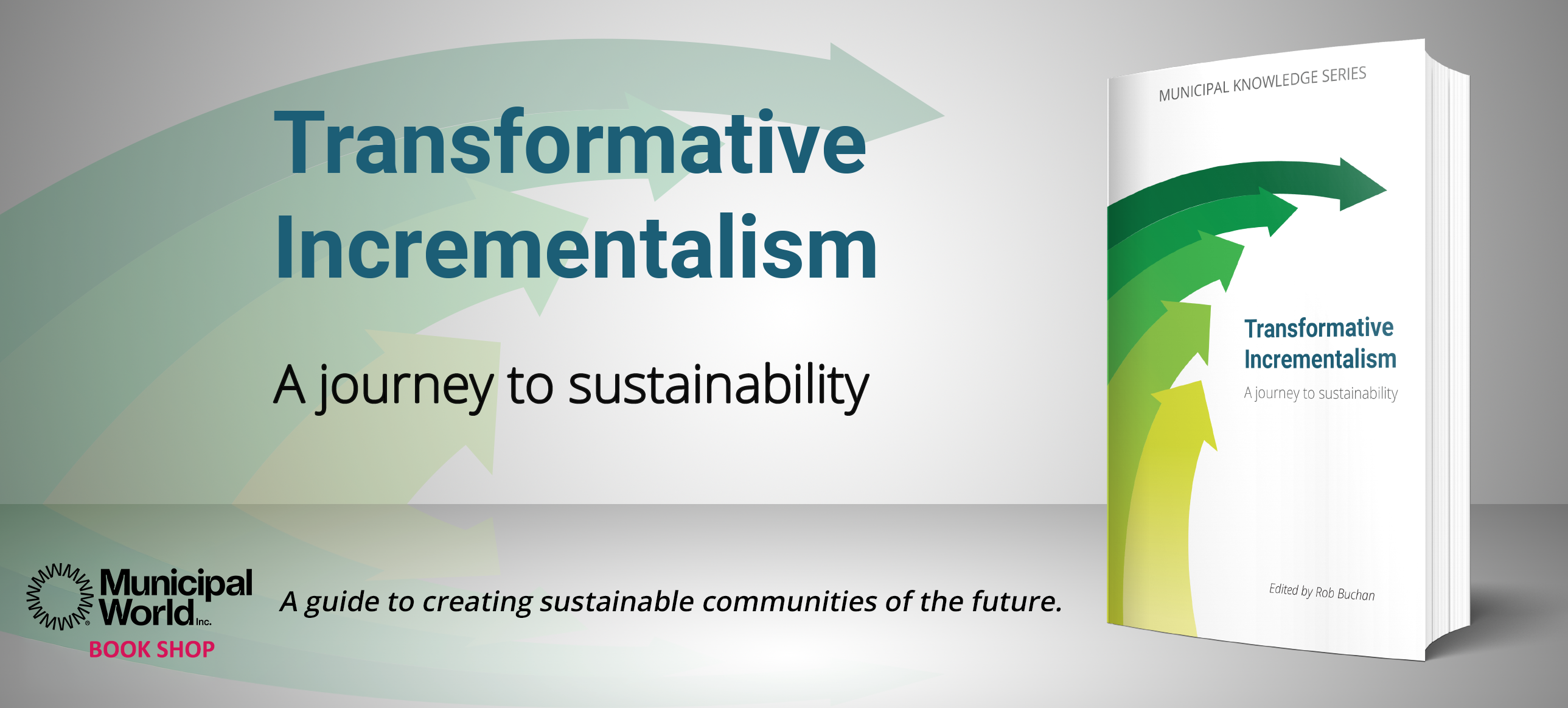Innovation by design: Co-creating government
 Group of happy business people discussing papers at meeting
Group of happy business people discussing papers at meeting
It starts with the people they are serving and ends with a service that is specifically tested and designed for them. Innovation by Design is a Hennepin County, MN creative problem-solving approach based in human-centered design. The initiative is guided by the mindsets of empathy, optimism, and experiment.
Hennepin County presented their innovative initiative, focusing on the Young Adult Housing Model project, which recently went through the Innovation by Design process at the 2018 Transforming Local Government conference. The Young Adult Housing Model was prototyped by gathering input from young adults, housing and supportive service providers, foundations, and other government agencies.
The approach used to develop the Young Adult Housing Model was based entirely in the co-creation aspects of human-centered design methodology. The model was designed based on end-user input; young adults with extensive foster care histories. Young adults played a game, prioritizing basic needs, made choices based on different scenarios, and prototyped ideal living situations.
Community-based organizations, who provide housing and supportive services to these young adults, pitched a one-page model idea based on the collected input from young adults. Prototypes were created and brought back to young adults to gain their feedback. Community-based organizations and Hennepin County staff also shared feedback. Once this was complete, the broader community came back together to compose a logic model for the new program through a participatory consensus workshop. This approach demands systems change as it centers the service on the young adult’s needs and creates community ownership of the program. Traditionally, government builds programs and initiatives run without a strong community engagement effort to inform the end service. This method required participation from everyone impacted by the new program from the moment of inception.
Innovation by Design was initiated in the Center of Innovation and Excellence. The primary initiator of the Young Adult Housing Model program was Markus Klimenko, the Housing and Homelessness Initiatives Manager in the county’s Health and Human Services Department. He requested an Innovation by Design process from the Innovation by Design Coordinator. The project was sponsored by the Assistant County Administrator, Jennifer DeCubellis. Innovation by Design partnered with Sauer Family Foundation and Graves Foundation to design the engagement and they provided some funding to support the process.
The process is building trust between government and community. A new steering committee comprised of all those involved in the program creation process will oversee the program, holding all parties accountable. The team believes effort is pushing our work from regulative, to collaborative, to integrative, and finally generative on the human services value curve. The generative stage is where they are most effective in achieving their outcomes.
Human-centered design processes coupled with strong facilitation skills are absolutely replicable in other jurisdictions. This process is utilized in other projects in Hennepin County to the point that the demand is growing beyond the county’s capacity. They have a training program for current staff that aims – in part – building capacity in applying the methods across the enterprise. Other jurisdictions are using human-centered design methodologies, but few are making co-creation with end-users a vital aspect of their efforts. This is where transformational change happens in government and that it is absolutely replicable in municipalities across North America.
Costs for this particular project are relatively low. The cost to run the new model is a new cost to Hennepin County, however, the cost would have been accrued and then some had they chose to continue to fund brick and mortar programs that they know aren’t getting young adults the life skills they need. By going through this process they’ve saved money that would have been spent on programming that wasn’t meeting the needs of the target population.
Funding is the most significant obstacle faced in any project Innovation by Design takes on. Though top-level leadership wants innovative ideas and solutions, the organization continues to fund programs on proved outcomes and not potential impact. This is because Hennepin County does not currently have any dollars earmarked to fund innovative ideas. In this particular program, they have research staff assigned who will complete a developmental evaluation of the new program, which will inform staff about the outcomes as they pilot. The criteria used to decide whether a new innovative program should be funded should be different than the criteria used for existing programming. If the county truly wants their work to be innovative, money needs to be set aside to fund the testing and piloting of new and innovative ideas.
The desired outcomes for the Innovation by Design process are:
- increased trust in government from the public;
- higher efficiency in achieving desired outcomes for at-risk populations due to focusing the end-users at the center of the work and creating solutions with them and other stakeholders;
- value added to customer satisfaction with services;
- holistic programming designed to help those in the system while looking at the root cause to find solutions farther upstream; and
- the process sets the stage for formalized ongoing communication between government and community.
The outcomes for the Young Adult Housing Model will be learned after the completion of the developmental evaluation. Developmental evaluations inform and support innovative and adaptive development in complex dynamic environments. All Innovation by Design projects are guided by these mindsets and behaviors: Empathy (the practice of empathy/practice empathy), optimism (be optimistic/ practice optimism), and experiment (test/try it/do it/just do it/create).



